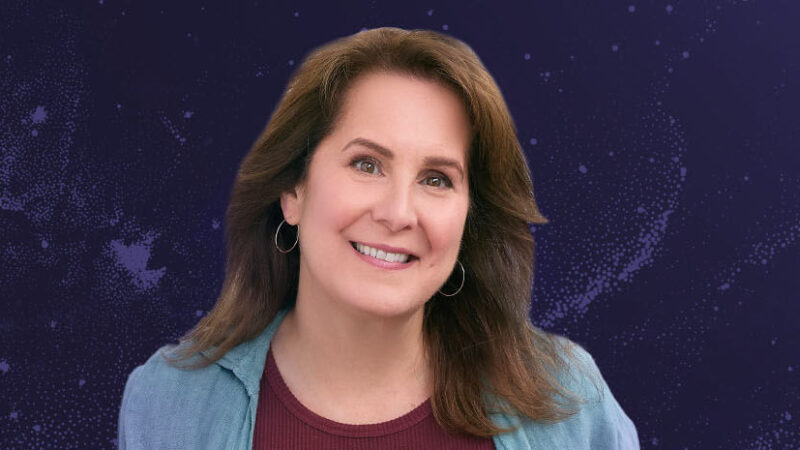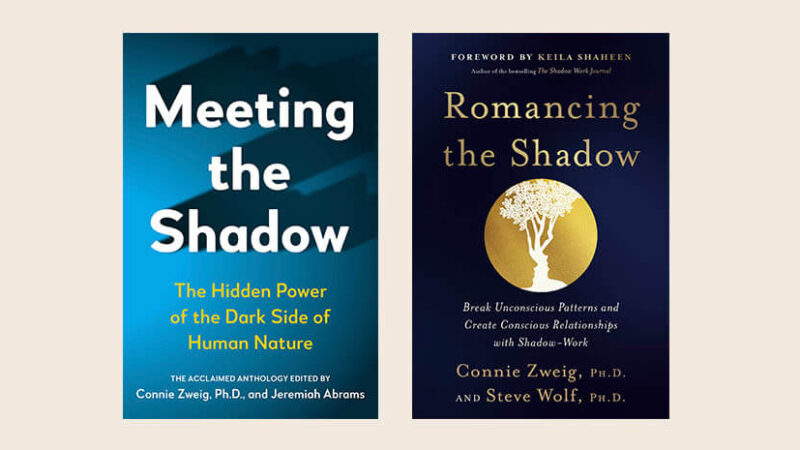By Mary O’Malley
Are you enough? Take a moment and be honest with yourself. Do you live with a sense that you are okay and life is okay exactly as it is? Probably not, because you, like most people, have been conditioned to think that you need to be better or different to be okay. This brings forth the belief that it is only when you get it all together (in the future) that you will be enough.
To get a glimpse into this constant seeking, ask yourself these questions:
Is your body enough because you have gotten rid of the weight, the wrinkles, the too big nose?
Is your mate enough, always relating to you in ways that you want them to?
Are your meditations enough, or are you always seeking for better states of mind?
Are your career, your finances, even your children ever enough in your mind?
If you look closely, you would have to say that, even though your life is how you want it to be for moments, your mind always takes over again in its endless search for lasting satisfaction. We are all like a hungry ghost searching, searching, searching. We seek and long and grasp at what our mind says will bring lasting satisfaction, only to get caught in the illusion that more, more, more will finally fill the empty hole inside of us:
You finally lose the weight and then think either you should lose five more pounds or you become afraid of gaining it back.
You find your perfect mate only to discover six months into the relationship that there are things about them that drive you crazy.
You finally get a raise at work only to find out that you’re living in the same financial stress because you can now buy fancier toys or more complex plastic surgeries, hoping that this will bring you lasting satisfaction.
Stephen Levine once told a story about a 93-year-old woman on her deathbed who said, “It can’t end now because it hasn’t started yet!” It is amazing that most of us don’t see this endless search for satisfaction and how unsatisfying it is in the long run.
If you look with great curiosity, you will see that this search for something out there – a skinnier body, a different mate, more money, deeper meditations, better sex, a happier mind, a fancier house, more, more, more – is a thirst that will never be quenched except for a moment here and a moment there. Read the studies on how much misery winning the lottery brings into people’s lives and you will see the truth of this.
What would happen if you discovered that there is a field of enoughness that is always with you? What would happen if you finally understood that the deep and lasting satisfaction you have been searching for your whole life is always here? To look for lasting satisfaction in the constantly changing flow of life is suffering. To relax the search for more, more, more and to discover an intimate connection with this living moment of your life is to finally come home.
I invite you for a moment to stop reading this blog and lift your eyes to receive your life. This is a unique moment in your life and it is the only moment that matters. See it as if you have never been on this planet before. Even if you have been in this exact place a thousand times, still, it is brand new.
If your attention doesn’t yet know how to ground here, close your eyes and focus on all the sounds that are arising and passing. There are loud sounds like somebody talking in the next room and soft sounds, like the hum of your computer. There are sounds far away like an airplane in the sky and there are sounds very close like your breath in your nostrils.
To truly listen to your life is to come home to the only moment that matters – right now. And in an intimate connection with Life the moment it appears out of mystery, you are no longer caught in the endless and unsatisfactory search for satisfaction.
Of course, when your mind sees this, it is very likely that its newest search will be to try to live in ‘the now’, for it believes that will bring it lasting satisfaction. This doesn’t work! Why? For you are already in the now and any attempt to get there is just more searching.
But what you can do is remember that in all your searching you are already home. You don’t need to try to get here. Instead you can discover how to see and not get seduced into the endless search for satisfaction. Whenever you are caught in wanting things to be different than what they are, it can help to simply say to yourself, “This moment is enough, exactly as it is. I am enough, exactly as I am.”
In order to rest in your natural enoughness, it is important to recognize that nothing in this ever-changing world will bring lasting satisfaction. It can certainly bring temporary happiness and we can enjoy that happiness. But to require that Life, in its ever-changing flow, is where lasting satisfaction will be found is truly suffering.
You can also understand that life is putting you in the exact set of circumstances that will allow you to see how restless and busy your mind is in trying to get to the peace you long for.
You can also finally understand that it is truly a blessing to not get what you want. The pain of having your constant search blocked is the doorway out of the endless seeking and back into an intimate connection with Life. For, what is in the way IS the way!
If you are interested in exploring this further, I encourage you to visit my website and listen to my Radio Show. I am also offering a class on What’s in the Way IS the Way.
———————————–

Mary O’Malley is an author, counselor and awakening mentor in Kirkland, Washington. In the early 1970’s, a powerful awakening led Mary to begin changing her relationship with her challenges, freeing her from a lifelong struggle with darkness. Mary’s latest book, What’s In the Way Is the Way, provides a revolutionary approach for healing your fears, anxieties, shame, and confusion, so you can live from a place of ease.








